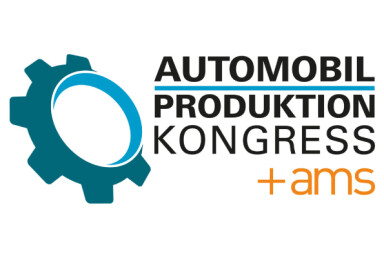The clock is ticking on EU battery compliance

The EU’s 2027 battery passport mandate is about to redefine who can - and can’t - compete in the electric vehicle market. This whitepaper explores critical steps stakeholders must take to remain competitive in the automotive industry.
February 2027 marks a turning point for the automotive industry. Every lithium-ion battery for electric vehicles entering the EU market will require a digital passport - a comprehensive data record spanning the entire lifecycle from raw material extraction to end-of-life recycling.
Make no mistake, this isn't just another regulatory checkbox. The EU Battery Regulation Amendment fundamentally reshapes how battery supply chains operate, mandating unprecedented transparency across a fragmented network of miners, refiners, manufacturers, and recyclers. Companies unprepared for this shift risk losing access to one of the world's largest automotive markets.
Why download this whitepaper?
Early adopters aren't just achieving compliance - they're reducing manufacturing costs, streamlining supply chain coordination, and positioning themselves as leaders in the sustainability transformation reshaping automotive manufacturing.
The transition to digital battery passports represents the largest standardisation effort in automotive history. Organisations that master these systems now will define the competitive landscape for the next decade.
Inside This Whitepaper
- The Regulatory Landscape: Navigate the complete timeline from carbon footprint declarations in August 2025 through full passport implementation and beyond. Understand how customs checks, market surveillance, and the European Registry will enforce compliance at every border crossing.
- Catena-X and Path.Era Solutions: Explore the certified platforms that leading manufacturers and suppliers are already using to create standardised battery passports. See how 107 distinct data attributes flow through the value chain - from cathode active materials to final assembly - ensuring consistency without compromising competitive advantages.
- Real Implementation Strategies: Learn from BASF's subsidiary DASS-X and their ConXify gateway, which wraps complex Catena-X technology into a single, secure package. Discover how semantic web technologies maintain data accuracy while enabling knowledge sharing across organisational boundaries.
- The Circular Economy Framework: Understand how digital passports enable full-scale battery recycling, turning end-of-life materials into valuable inputs for new production. This isn't theoretical - the infrastructure is being built now, with global collaboration extending from Europe to China.
Download the whitepaper to see how industry leaders are turning regulatory requirements into strategic advantages.


